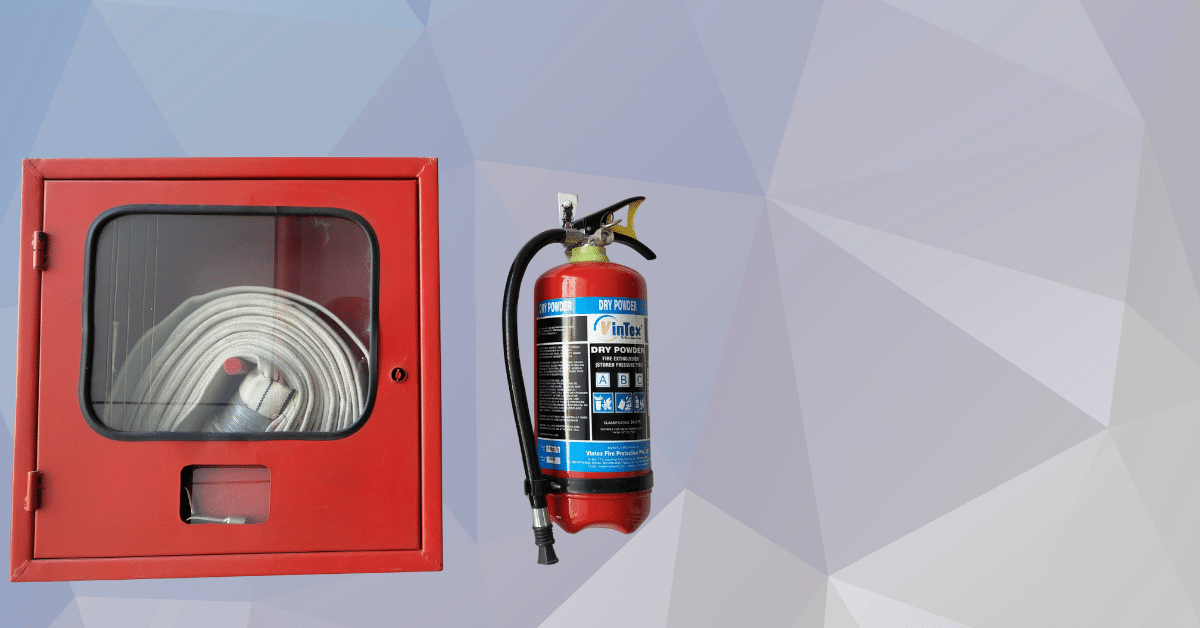OSHA Compliance and the Everyday Safety Struggle
A contractor I interviewed still recalls the day that one of his employees fell off a ladder. The injury was not fatal, but shook the whole crew. When OSHA inspectors showed up, the company was fined—not only for the accident, but for the fact that their safety training was decades old. The contractor said, “We thought we were fine. We weren’t.”
That sort of moment makes an impression. It also creates the same dilemma many leaders wonder about: How frequently should OSHA Compliance training be refreshed? When training is stale, employees aren’t only ill-prepared for inspections—they’re also ill-prepared for the everyday hazards they encounter on the job.
OSHA Compliance and the Core Challenge
The problem is that safety training too often is done as a one-and-done activity.
- Workers believe: “I already went through that training once, why do I need it again?”
- Managers believe: “We’ll do it when things slow down.”
- Owners believe: “We cannot afford to shut down to have more training.”
But accidents wait for no one. They occur when individuals are careless, in a hurry, or never received clear instructions to start with. OSHA Compliance training is not about memorizing a handbook—it’s about developing habits that last, so workers understand how to keep themselves and their co-workers safe in the real world.
OSHA Compliance and Why Updates Matter Now
Work is not the same today as it was even just ten years ago. New equipment, quicker schedules, more chemicals used, and more temporary or contract labor all pose new hazards. Also, OSHA regularly revises its standards to maintain current pace with technology and industry advancements.
The price of neglecting updates is high. According to OSHA, thousands of workplace accidents annually could have been avoided with improved training. Those figures aren’t numbers—those are individuals with families, bills, and lives disrupted. And for companies, the consequences are medical expenses, penalties, lost time, and negative impact on their image.
Regularly updating training is all about equipping employees with today’s hazards, not yesterday’s.
OSHA Compliance in the Bigger Picture
Consider two work sites. On the one hand, hard hats and safety glasses are not negotiable; supervisors set a good example, and training never ends. On the other, equipment lies idle, taking shortcuts is the norm, and training is seen as a hollow ritual.
Where would you want to work? Where would a client or customer want to give their project?
OSHA Compliance training builds the first culture. When your employees know that training is done consistently, they understand their health and well-being are important. That confidence manifests in fewer accidents, higher morale, and even improved productivity. Safety isn’t compliance—it’s a competitive advantage.
Practical Strategies & Tools for Updating OSHA Compliance Training
So, how often should OSHA Compliance training be updated? The official answer is at least once a year. But the most effective companies don’t stop there. Here’s how they keep safety alive:
- Annual full refreshers. Cover the basics every year so no one forgets.
- Quarterly toolbox talks. Short, focused conversations about common hazards like ladder safety or chemical handling.
- Event-driven updates. New OSHA rule? New machine? Recent accident? Train right away.
- Role-specific training. An operator will require different information than shipping staff.
- Use technology. Online modules, brief quizzes, or even virtual reality simulations make it simpler to refresh.
Frequent, short doses are better than squishing it all into one long session.
How Often Should OSHA Compliance Training Be Updated?
The easy rule of thumb from OSHA is to inspect at least once in 12 months, but really it’s based on your workplace. Industries with rapidly evolving technology, dangerous chemicals, or specialized machinery are likely to need more frequent OSHA updates. Annual training sets a standard, but it does not account for the unforeseen risks that will appear during the course of the year.
By making OSHA updates an ongoing process—not a single event—companies ensure they have trained employees with the latest information when they need it most..
When Situations Demand Immediate Updates
Beyond the yearly standard, certain triggers call for immediate retraining. If OSHA issues a new rule, your company adopts new equipment, or a workplace accident occurs, updated training should follow without delay. The same applies when employees change roles or when inspections highlight gaps in knowledge.
These “event-driven” updates are often the difference between a near miss and a costly injury. They also show regulators that your company is serious about compliance, hence preventing future fines.
OSHA Compliance and the Role of Community & Support
Training takes hold when it is like working together, not doing homework.
- Leaders create the culture. When supervisors don their safety equipment, employees do the same.
- Co-workers look out for one another. A fast “Hey, put on your helmet” is kindness, not criticism.
- Safe dialogue is important. Employees need to be able to voice their concerns freely without fear.
- Everyone is involved. From office workers to frontline employees, OSHA Compliance affects all aspects of a company.
When safety is a value that people share, training is no longer a task but is something that becomes part of the company’s fabric.
Stories & Examples of OSHA Compliance in Action
One warehouse struggled with repeated forklift accidents. After transitioning from yearly lectures to quarterly micro-training sessions and hands-on drills, accidents decreased by more than half. Employees later said the shorter, more frequent sessions made the rules easier to remember and apply.
Another business—a roofing firm—avoided refresher training for years. In two seasons, they had several fall accidents, were hit with hefty fines, and had high turnover due to the fact that workers didn’t trust leadership to keep them safe. When they began regular OSHA Compliance updates, accidents dropped, and workers finally felt proud to work there again.
These aren’t hypothetical anecdotes—they’re evidence that regular training creates safer, stronger workplaces.
Sustaining the Change Through OSHA Compliance
The most challenging aspect isn’t beginning—it’s maintaining the momentum. Here’s what businesses do:
- Bake training into onboarding. Every new employee learns OSHA fundamentals before they set foot on site.
- Make refreshers a habit. Monthly or quarterly training, even if just 15 minutes, keeps safety top of mind.
- Encourage daily routines. PPE, reporting hazards, and equipment checks should be second nature.
- Measure impact. Monitor accident reports, employee feedback, and quiz scores to see how well training is working.
- Celebrate wins. Showcase crews or teams with good safety records—it reinforces positive behavior.
Sustaining OSHA training is about making it a rhythm, not a one-time event.
Takeaway & Call-to-Action
So, how frequently should OSHA Compliance training be refreshed? At least annually—but the companies that actually care for their people do more than that with quarterly refresher, role-based sessions, and brief reminders after new hazards appear.
Regular training doesn’t simply avoid fines. It saves lives. It says to employees, “Your safety matters here.” It creates a culture where individuals are treated like valued assets and where clients and partners know they can count on you.
If it has been some time since your last OSHA refresher, don’t let an accident tell you why you need to take it. Begin small: conduct a brief toolbox talk, go over your most recent safety audit, or ask workers what they feel uncertain about.
Because in the end, OSHA Compliance training isn’t about being in compliance—it’s about everyone going home in one piece. And there is no more important thing.


















